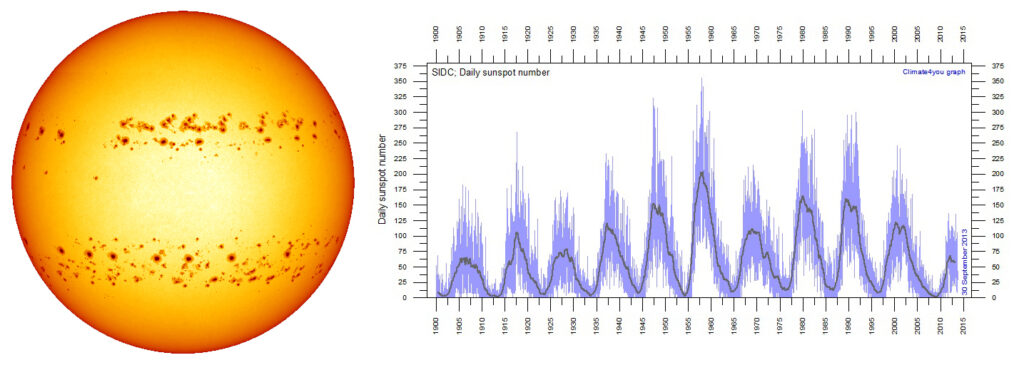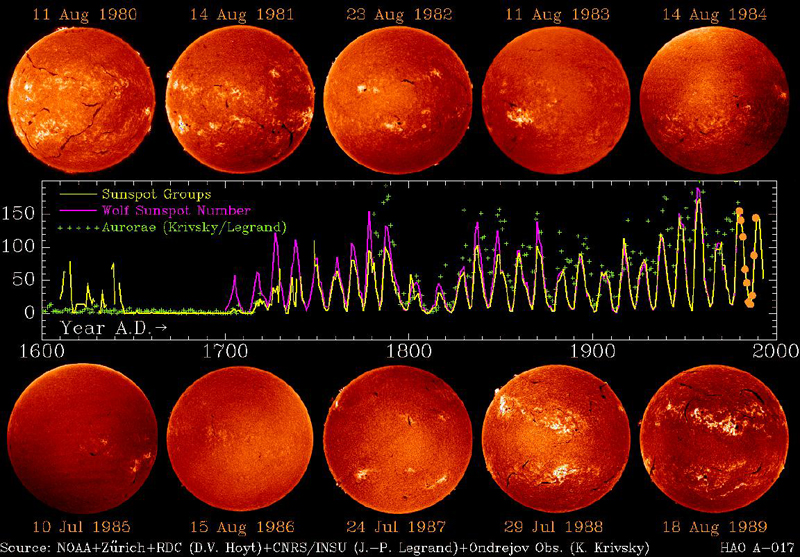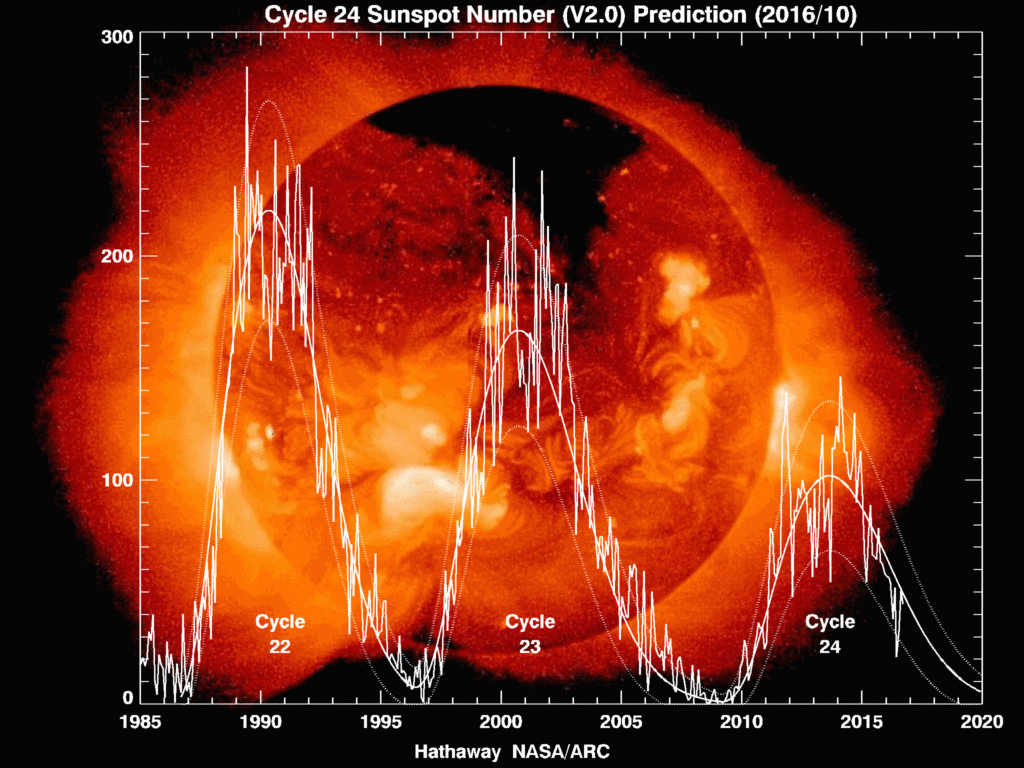Estimated reading time: 4 minutes
Austria’s Pretty nanosatellite is expected to be launched on a Vega rocket in 2024, following further testing of the second stage of the Zefiro40 engine from Europe’s spaceport in Kourou. It will study climate change as part of a global environmental and weather observation mission.
Pretty’s main instrument, the reflectometer developed by Beyond Gravity, is considered a unique technological solution. It detects ice cover on the Earth’s surface, as well as the exact height of sea level and the intensity of ocean waves.
The second instrument, the radiation detector, is manufactured by Seibersdorf Labour GmbH. It will measure cosmic radiation and assess its impact on the satellite’s electronics, using the resulting data to ensure the sustainability of space missions. Both instruments will use completely new measurement methods.
Small satellites are an important element in the significant advances in space exploration. Such small vehicles offer many opportunities to test new space technologies quickly and cost-effectively.

The Pretty nanosatellite will be the fifth Austrian satellite in space and the third from the laboratories of the Graz University of Technology, which also operates a ground station. The others were Tusgsat-1 from TU Graz, UniBRITE from the University of Vienna, Pegasus and OPS-SAT.
Climate change analysis is a key research topic at Graz University of Technology. The Pretty satellite will make an important contribution. Thanks to Tugsat-1 and OPS-SAT, scientists have been able to gain many years of experience in designing and building satellites.
Pretty is a nanosatellite made up of three cubes, each measuring ten by ten by ten by ten centimetres. This ESA vehicle will circle the Earth in a polar orbit at an altitude of about 600 kilometres.

This is the first time that the interferometric method has been used in space. Signals received from the EU’s Galileo navigation satellite and the US GPS system will be used to correlate them with signals reflected from the Earth’s surface. The height of waves and ice caps can be determined, as can wind speed or soil moisture. The data is analysed by an international team of scientists.
The Seibersdorf Laboratories’ involvement in this project focuses on the challenges faced by satellites in space.
Space weather phenomena such as solar storms affect air traffic, communication and navigation systems, as well as energy supplies on Earth, and can endanger satellites and astronauts in space.
Pretty can measure solar activity
Satdos, Pretty’s second instrument, is designed to provide information on solar activity and space weather using multiple radiation sensors. The Satdos dosimeter platform measures the effects of the radiation environment in space on electronic components commonly used in all modern devices and, of course, satellites.

Satdos, Pretty’s second instrument, is designed to provide information on solar activity and space weather using multiple radiation sensors. The dosimeter platform developed for Satdos measures the effects of space radiation on electronic components, which are widely used in all modern devices and, of course, in satellites.
The measured radiation effects allow conclusions to be drawn about the current space weather and the reliability of electronics on satellites.
Photos from TripTonkosti photo bank


